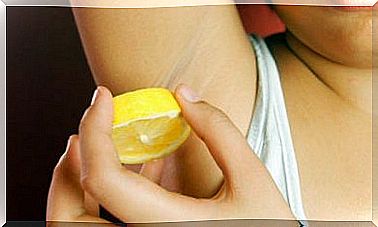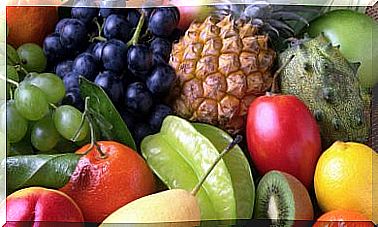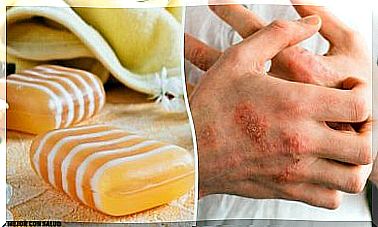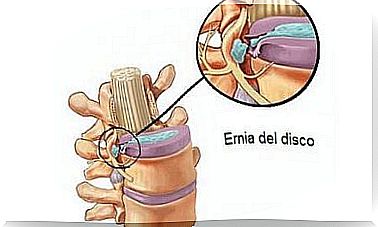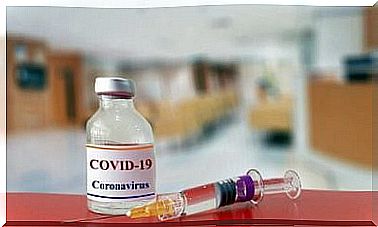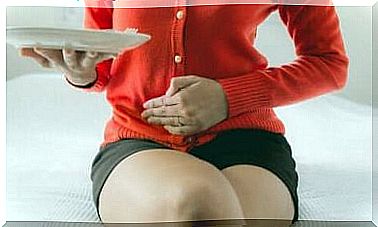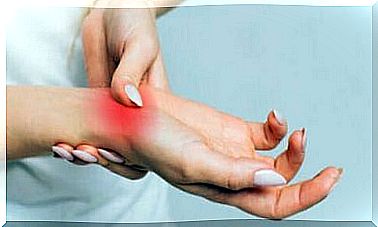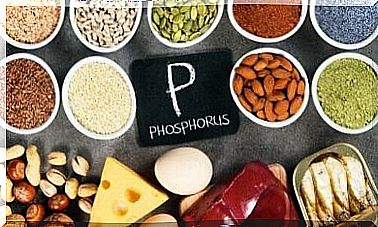Plastic Pollution: Health Consequences

Plastic pollution is one of the world’s great problems. Plastic is the most used material in industry, especially food.
Despite its widespread use, the effects on human health are not yet fully known. Plastic has a life cycle, i.e. it goes through several stages:
- Material extraction.
- Transport.
- Production and refining.
- Use and disposal of waste.
The effects of plastic pollution for each of these steps are currently being studied. It can already be said that the negative effects on human health are different, as well as the consequences on the ecosystem.
Being aware of this is essential, with a view to a more socially responsible use of this resource. We therefore invite you to find out more in the following lines.
How can plastic pollution affect health?
For some years, plastic pollution has been the subject of studies to evaluate the extent of its effects on the human body. Instead, we know that microplastics cause the death of many living things, such as fish.
Microplastics are particles with a diameter of less than 5 mm. They are produced by the subdivision of larger plastic fragments and as they become smaller and smaller, they invade the environment, especially the aquatic one.
In fact, much of the plastic waste ends up in the sea. Scientists have demonstrated the presence of microplastics in the digestive system of over a hundred aquatic species. In other words, the marine fauna is already contaminated.
On the one hand, numerous animal species are at risk of extinction (think, for example, of intestinal obstruction in turtles); on the other hand, it must also be considered that many of these species are part of our diet.
Over time, microplastics are likely to get even smaller. These particles could enter our tissues and cause toxicity. This is still a hypothesis, but experimental models are proving its real possibility.

Chemical pollution
Plastic pollution does not just cause intestinal obstructions in aquatic creatures, which in itself is serious. Other pollutants adhere to the plastic and remain on the surface of the seas and rivers.
This is the case with polycyclic aromatic hydrocarbons. Plastic enhances the toxicity of these substances, increasing their permanence.
Plastic pollution and life cycle
As we have mentioned, plastic follows a life cycle. In each of the stages it can have consequences on our health.
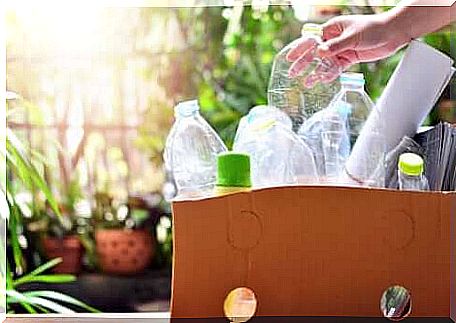
During the extraction and transport phase, a large number of chemical emissions are produced. These substances, like benzene, act on the immune system. They also appear to have carcinogenic potential and toxicity to the nervous system, among other effects. The same goes for the refining and production stages.
The phases of use and waste management are the most important. Virtually the whole world is exposed to the effects of plastic and has daily contact with many products that contain it.
Ultimately, poor waste management is equivalent to ingesting the same plastic we produce. That is why it is crucial to be aware of the problem and to start using it responsibly.
In conclusion
Plastic is part of our daily life and perhaps we will never be able to eliminate it completely, but we can use it reasonably and responsibly. This is a must if we want to reduce the risk of getting sick from our own waste.
Wildlife is already suffering from the effects of plastic pollution, and it is possible that the human species is following the same path. Now it’s up to us to get to work to reverse this process.
